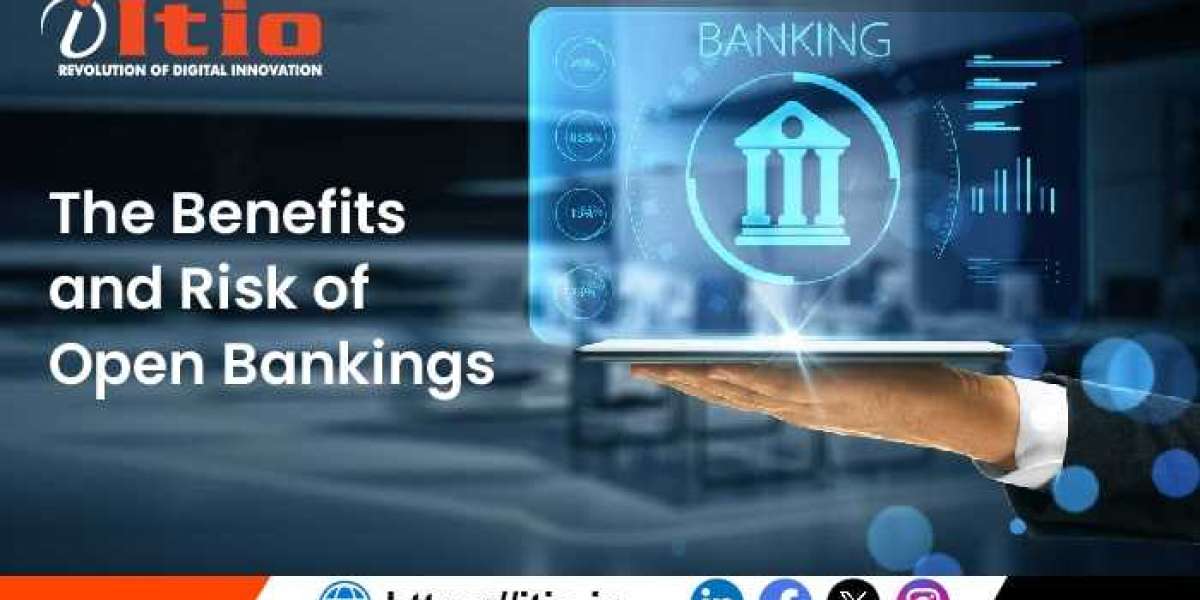In recent years, open banking has emerged as a transformative force in the financial industry, promising both opportunities and challenges for consumers, businesses, and financial institutions alike. By opening up access to financial data and services through APIs (Application Programming Interfaces), open banking aims to foster innovation, competition, and collaboration within the financial ecosystem. However, while the potential benefits are significant, there are also inherent risks that must be carefully navigated. Let's explore the benefits and risks of open banking in detail.
Benefits of Open Banking:
- Enhanced Customer Experience: Open banking enables customers to access a broader range of financial products and services from multiple providers through a single platform. This fosters competition, driving providers to innovate and offer more personalized and tailored solutions to meet the diverse needs of consumers.
- Financial Inclusion: By leveraging open banking APIs, fintech companies can develop innovative solutions to reach underserved populations and provide them with access to essential financial services. This can help promote financial inclusion and empower individuals who may have been excluded from traditional banking systems.
- Data-driven Insights: Open banking allows for the aggregation of financial data from multiple sources, providing consumers and businesses with a comprehensive view of their financial health. This data can be leveraged to gain insights into spending patterns, budgeting habits, and investment opportunities, empowering individuals to make more informed financial decisions.
- Streamlined Processes: By facilitating secure data sharing between financial institutions and third-party providers, open banking can streamline various financial processes, such as loan applications, account aggregation, and identity verification. This reduces administrative burdens and enhances efficiency for both consumers and businesses.
- Fostering Innovation: Open banking creates a fertile ground for innovation and collaboration within the financial ecosystem. Fintech startups, incumbent banks, and technology companies can leverage open APIs to develop new products and services, driving technological advancements and improving the overall competitiveness of the industry.
Risks of Open Banking:
- Data Privacy and Security Concerns: The sharing of sensitive financial data between multiple parties raises significant concerns around data privacy and security. Unauthorized access, data breaches, and misuse of personal information are potential risks associated with open banking, necessitating robust security measures and regulatory oversight to mitigate these threats.
- Fraud and Cybersecurity Risks: With increased connectivity and data sharing comes an elevated risk of fraud and cyber attacks. Hackers may exploit vulnerabilities in API connections or compromise user credentials to gain unauthorized access to financial accounts and sensitive information. Financial institutions and third-party providers must implement stringent security protocols and encryption standards to safeguard against these threats.
- Regulatory Compliance Challenges: Open banking initiatives are subject to complex regulatory frameworks and compliance requirements, varying across different jurisdictions. Financial institutions and third-party providers must navigate these regulatory landscapes carefully to ensure compliance with data protection laws, consumer rights, and industry standards. Non-compliance can result in severe penalties, reputational damage, and legal liabilities.
- Lack of Standardization: The lack of standardized APIs and data formats poses interoperability challenges within the open banking ecosystem. Incompatible systems and disparate data structures may hinder the seamless exchange of information between different platforms and providers, limiting the effectiveness of open banking initiatives and impeding innovation.
- Market Disruption and Competition: Open banking has the potential to disrupt traditional business models and market dynamics within the financial industry. Incumbent banks may face increased competition from agile fintech startups and technology giants offering innovative solutions and better customer experiences. This can lead to market consolidation, margin pressure, and strategic shifts in the competitive landscape.
In conclusion, open banking presents a paradigm shift in the financial industry, offering unprecedented opportunities for innovation, collaboration, and customer empowerment. However, it also brings inherent risks and challenges that must be addressed effectively through robust regulatory frameworks, technological safeguards, and industry collaboration. By carefully navigating these risks and capitalizing on the benefits of open banking, stakeholders can harness its transformative potential to drive positive change and create value for consumers and businesses alike. Visit ITIO Innovex for white label payment gateway solutions at reasonable costs.



